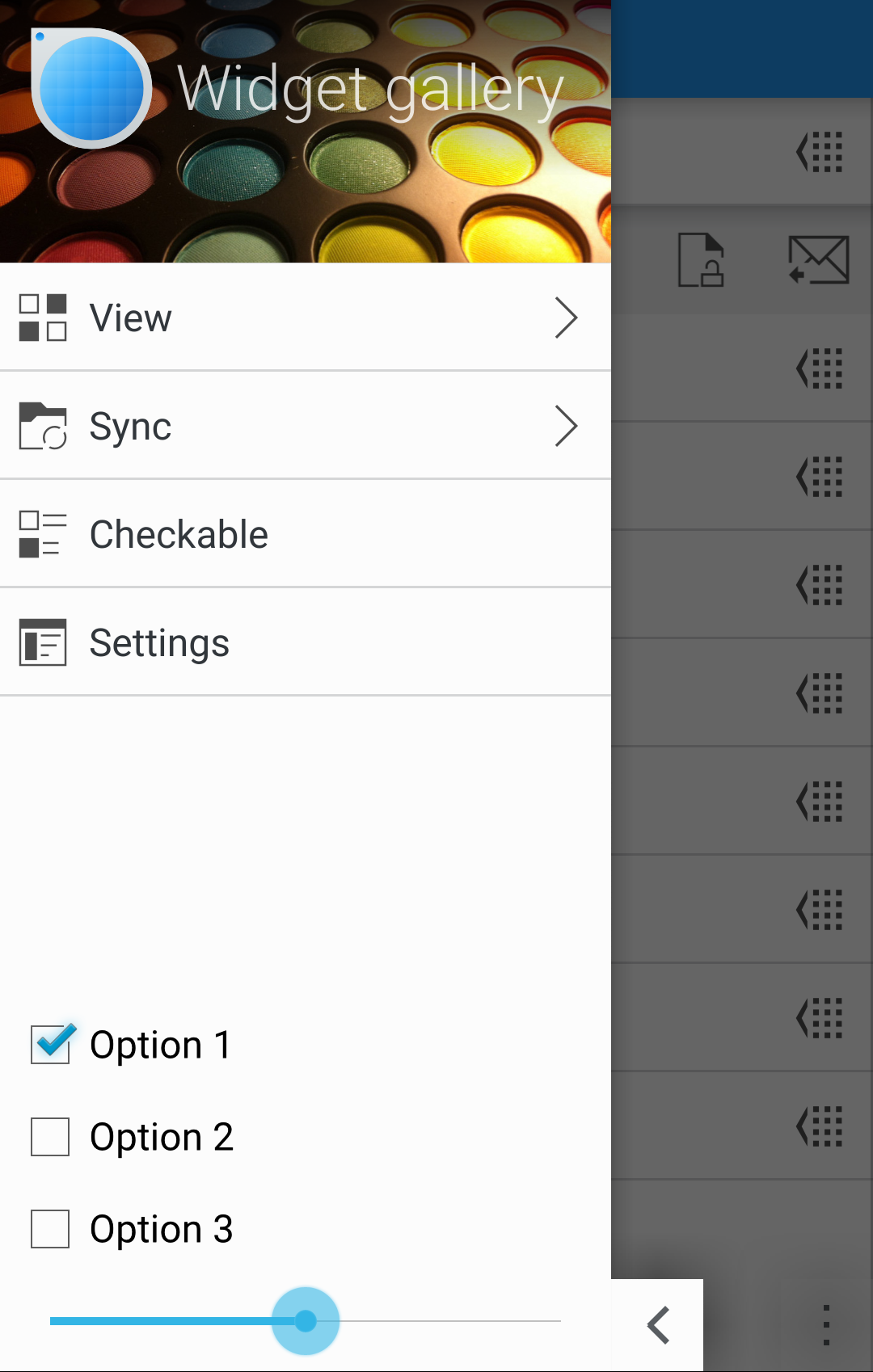Phoronix: KDE Kirigami UI 2.0 Beta Released: Better Android Integration, QQC2 Focus
Kirigami is KDE's set of UI components and philosophy / patterns announced last year for developing "intuitive and consistent apps that provide a great user experience" and do have convergence applications in mind. Now ringing in 2017, the first beta of Kirigami 2.0 is now available...
Kirigami is KDE's set of UI components and philosophy / patterns announced last year for developing "intuitive and consistent apps that provide a great user experience" and do have convergence applications in mind. Now ringing in 2017, the first beta of Kirigami 2.0 is now available...






Comment